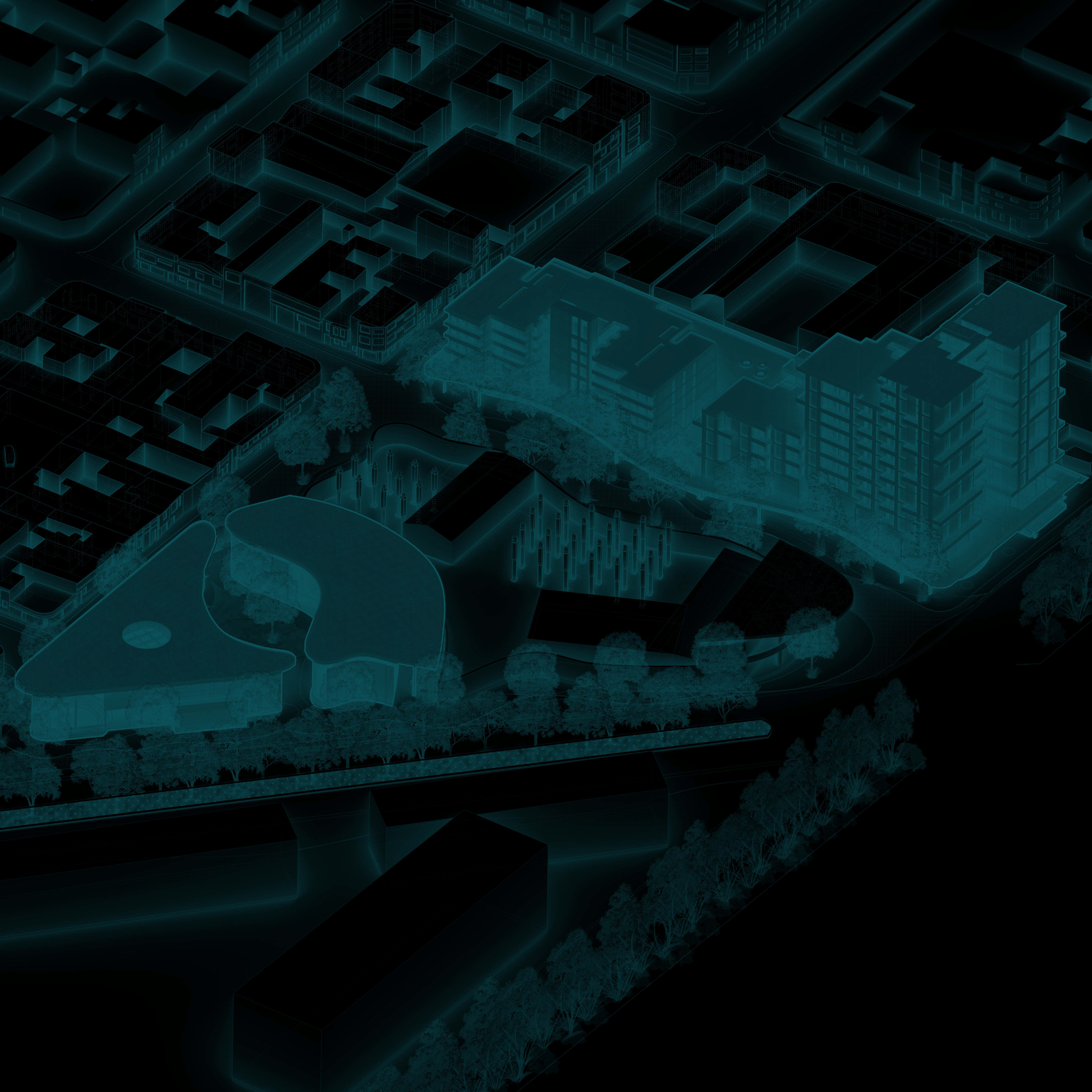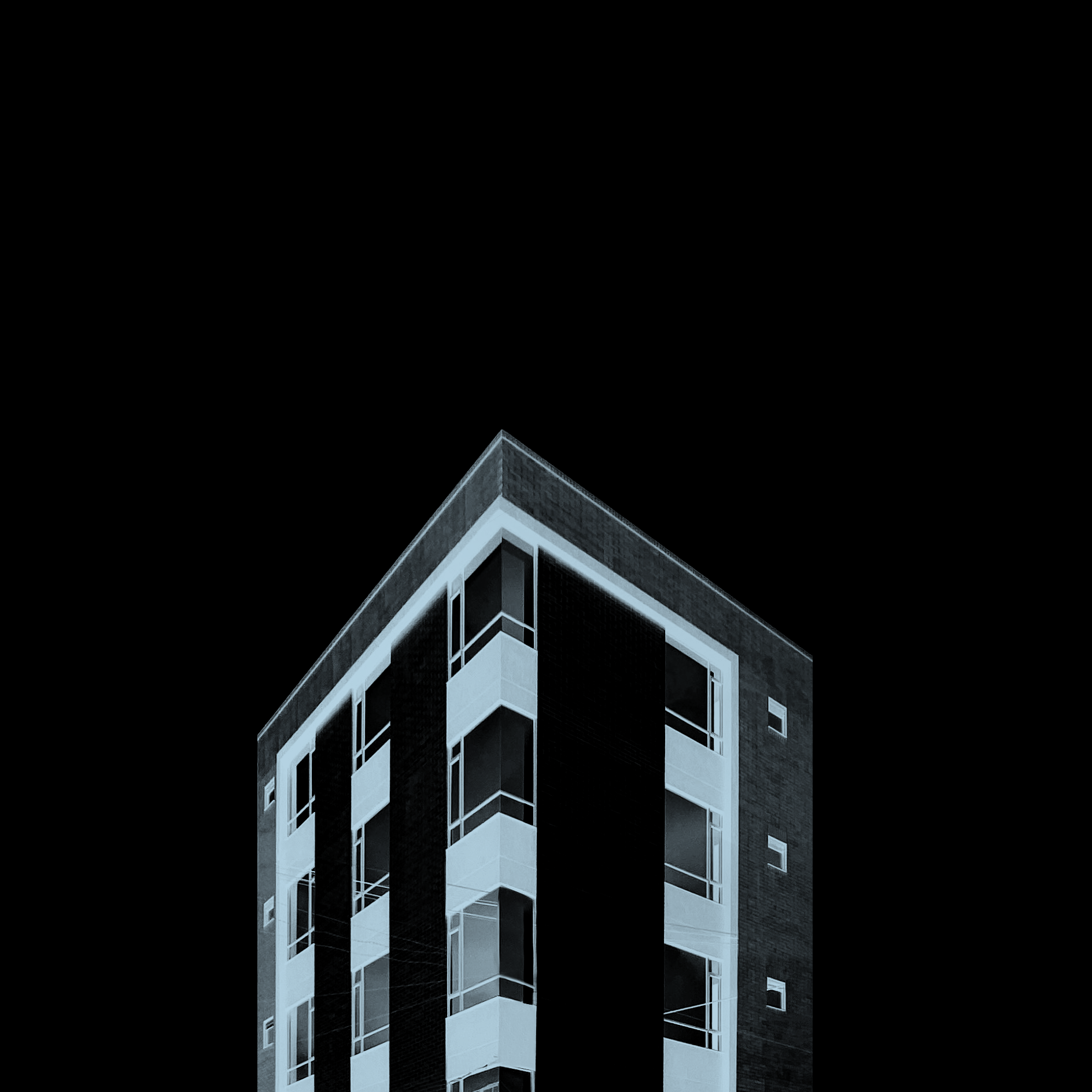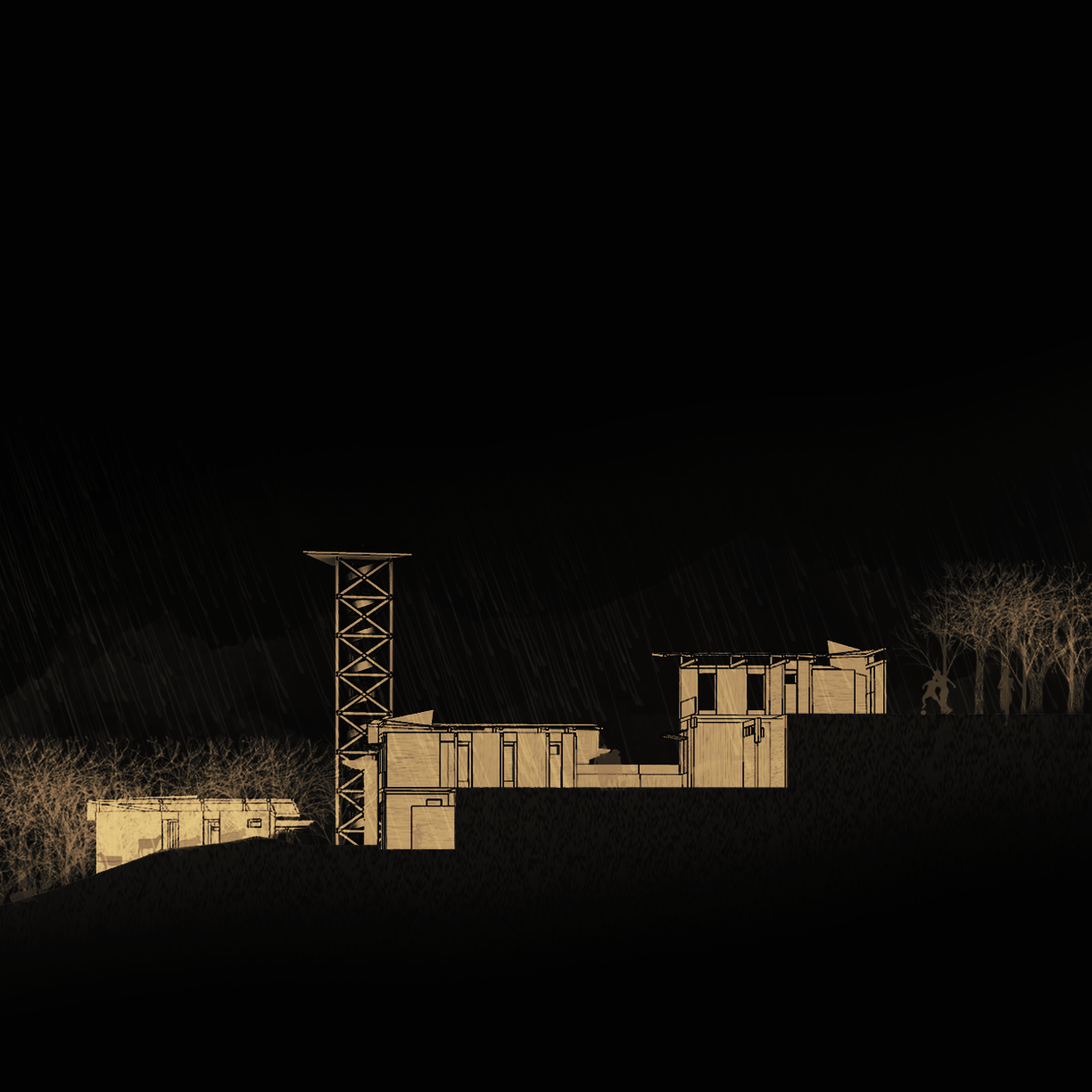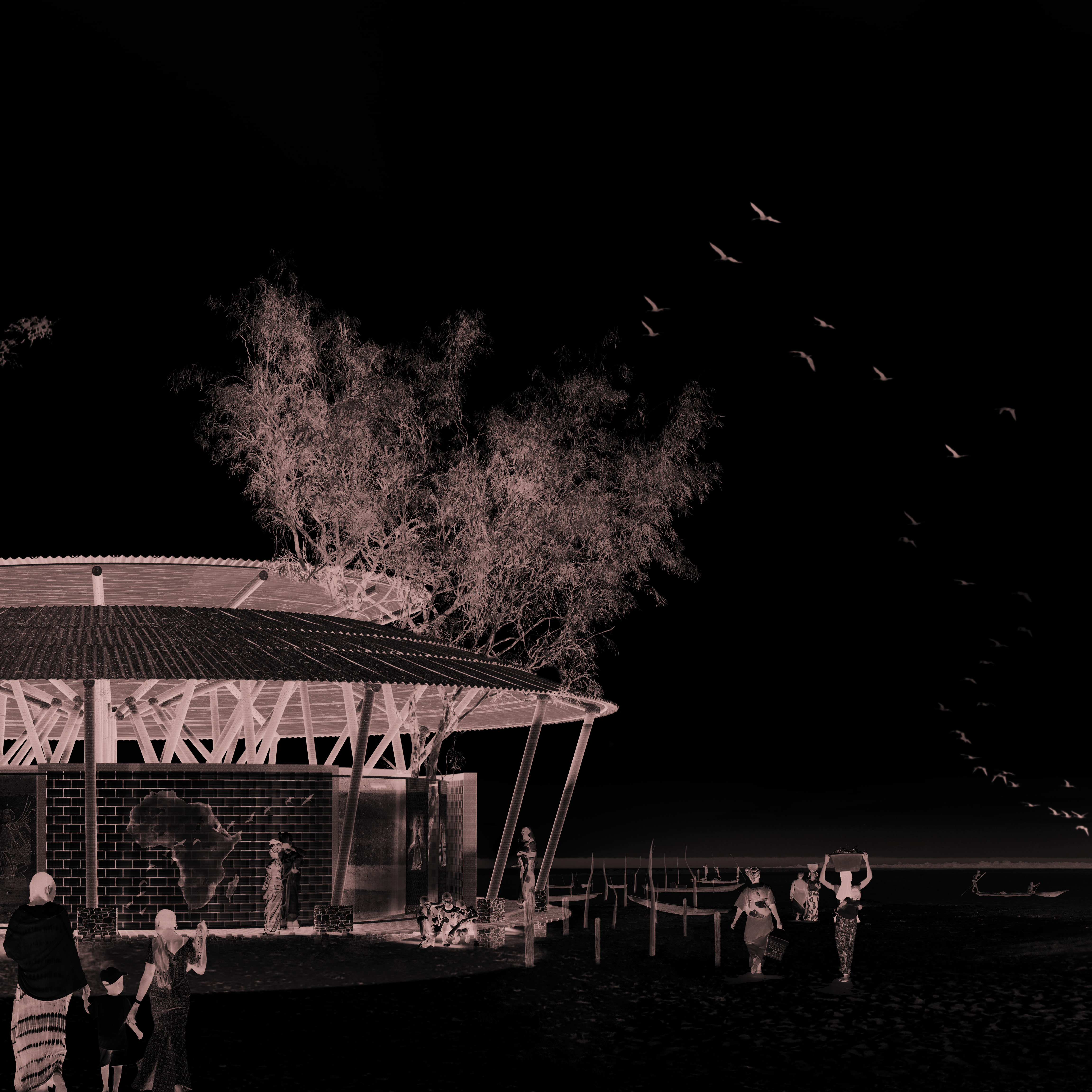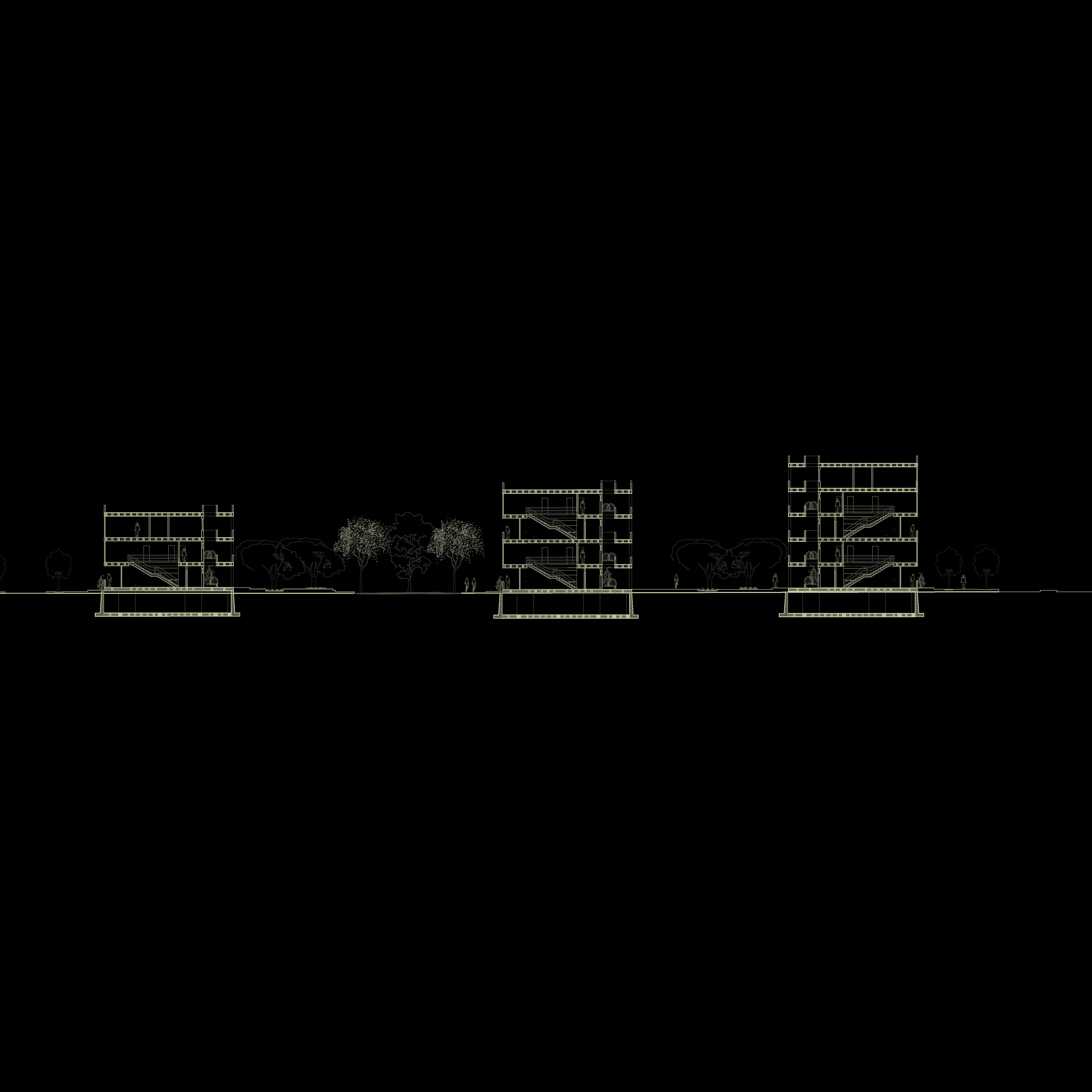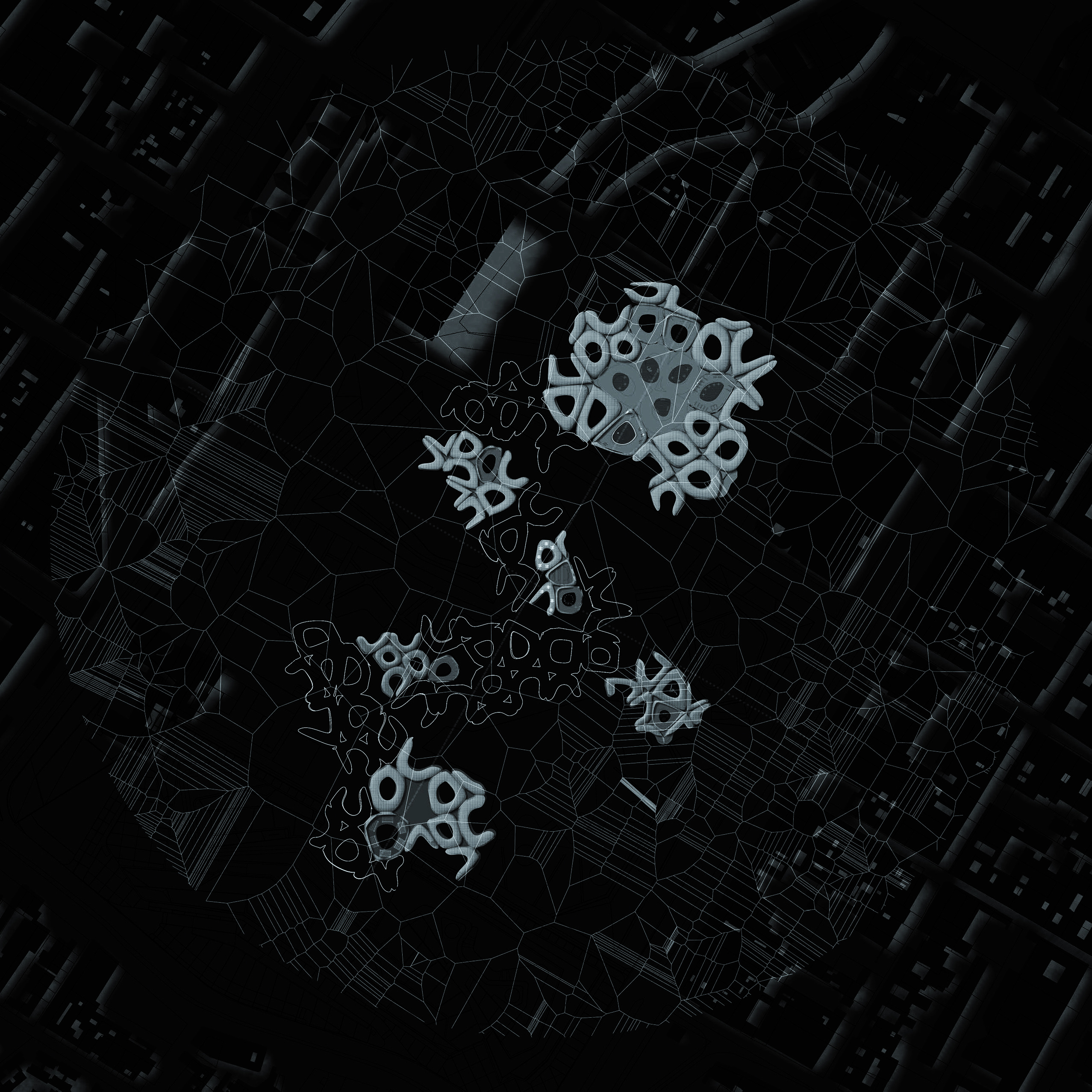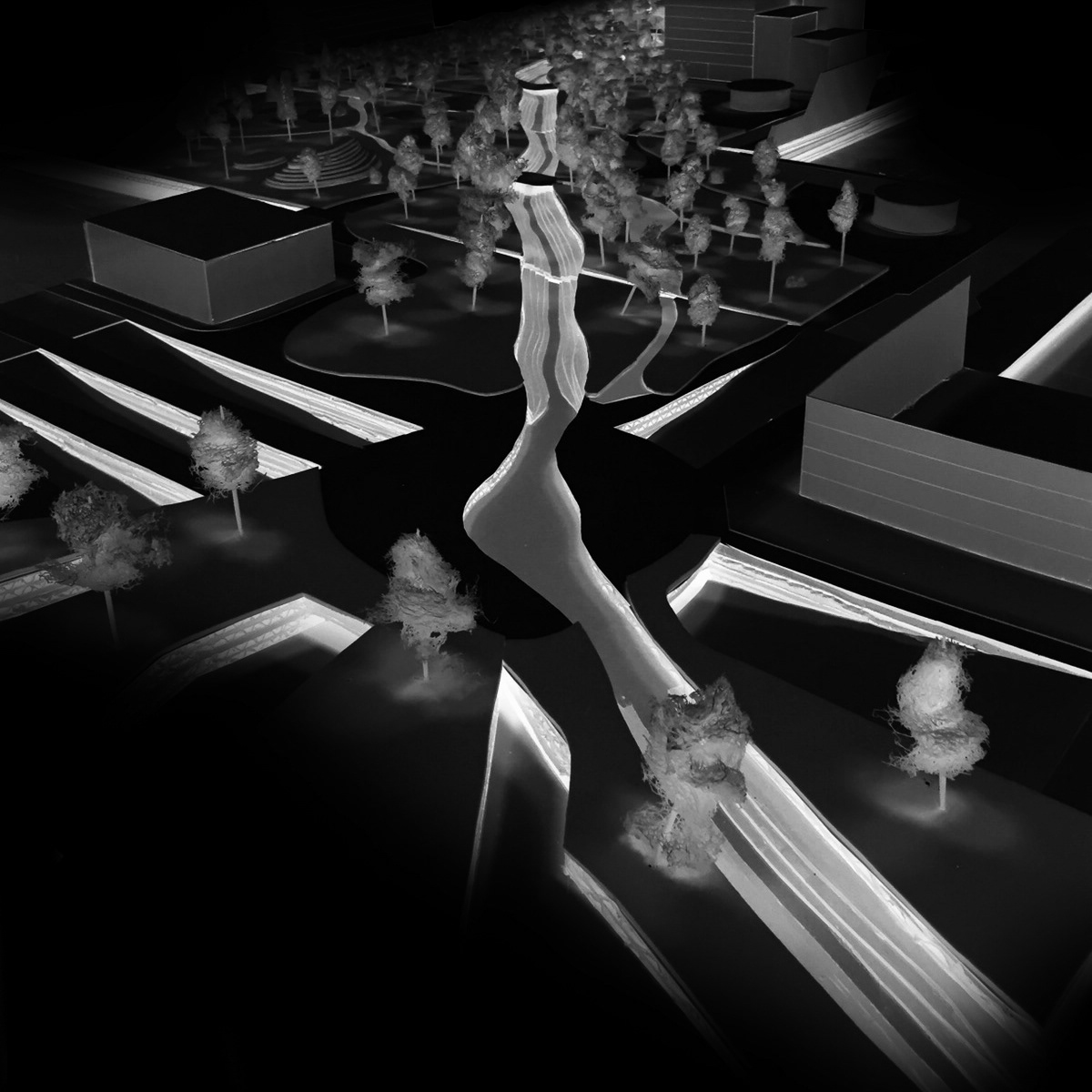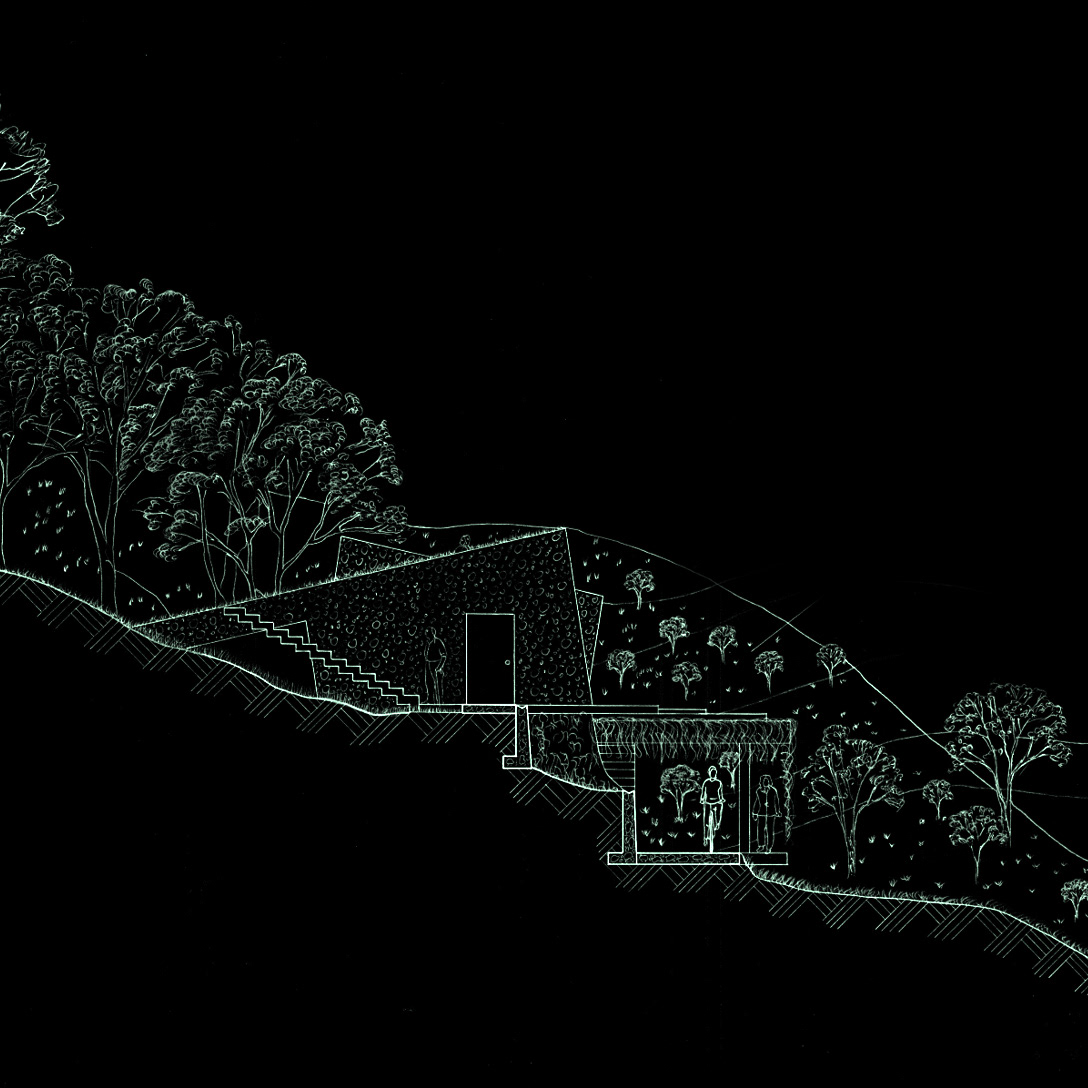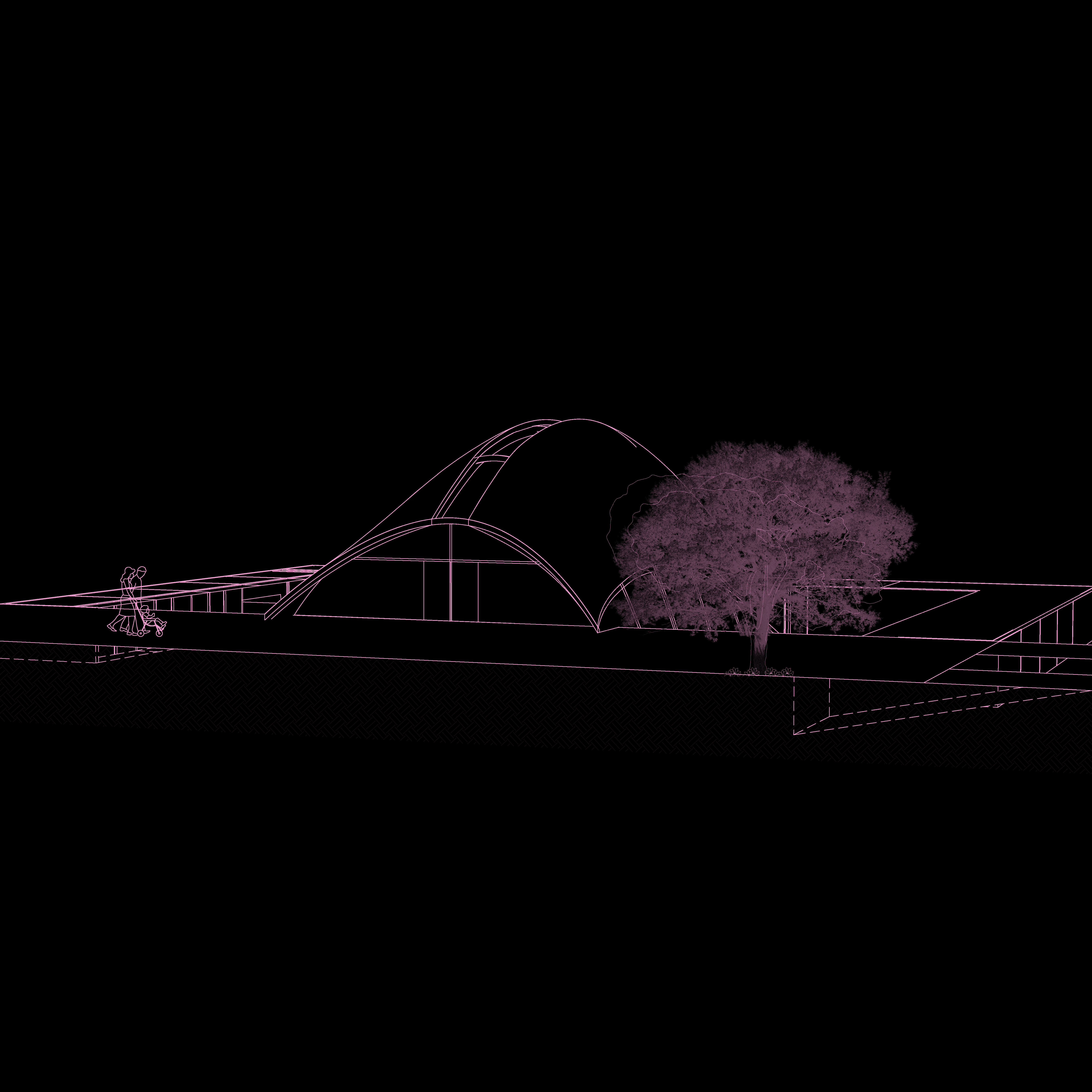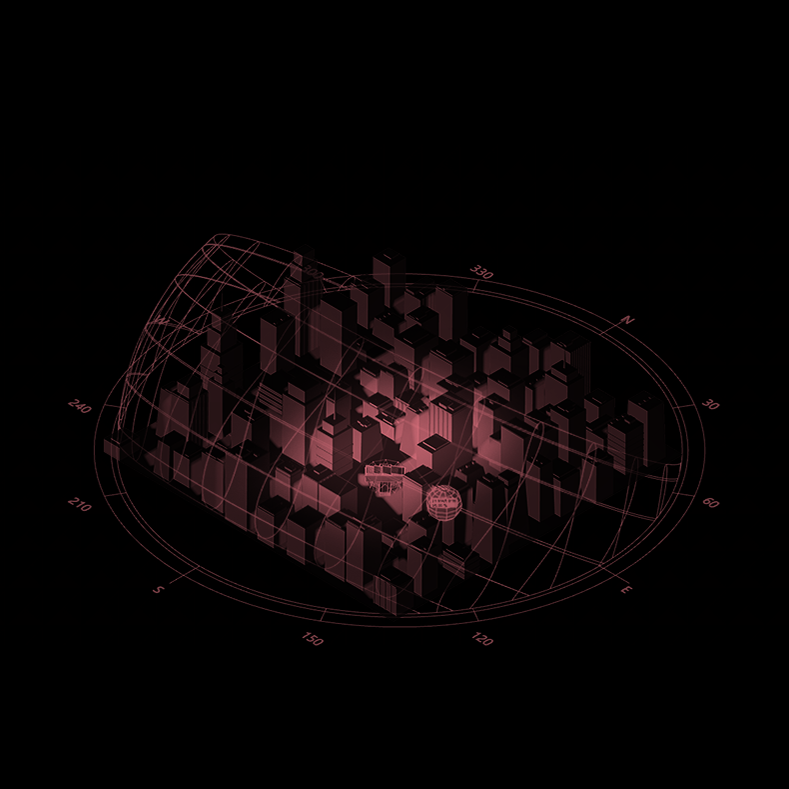Our proposal for the Emergency Operations Center is based on the understanding of what an emergency and crisis situation means, it is destruction, desolation, hopelessness, and the abandonment that implies for affected people to leave their lives behind, their homes and in many cases their loved ones and somehow survive and start again. It is for this reason that our main objective through the Emergency Response Center is to provide a suitable and dignified space for human life, space where not only care and help is provided in times of crisis, but also allows victims to begin a new life where they can rediscover the hope of a future and receive the necessary support to move forward. We consider that the role played by architecture in these situations is crucial because it can make the difference between the life and death of many, between the past and the future that lies ahead. For this reason, the architectural model that we present is based on two main aspects, first to provide human and spatial warmth where people affected by various types of emergencies can receive help, and second to provide a place of refuge for individuals and communities, a place that fosters new interactions and possibilities of adaptation, use, and flexibility according to the current and future needs of people and humanitarian aid organizations.
This adaptability and flexibility are given by a system of diagrid structure modules on a gable roof, where all the parts of the structure have the same measurements to make it easy to assemble and standardize for any emergency. In addition to that, the diagrid system provides stability to the structure and allows us to save materials, improve lighting, and spatial flexibility. Each module can be assembled with 27 pieces of the same size and 4 different types of prefabricated joints. These joints are made of compact recycled plastic, to contribute to the recycling and reuse of local resources, reducing the plastic waste. Likewise, the structural system allows the expansion of each module just by adding a few more pieces and joints, this guarantees the flexibility and adaptation to different uses and emergencies. All the structure can be supported with palafitics elevated from the ground, so that in case of a flooding emergency, or irregular topography it can be built and inhabited without affecting the safety and quality.

